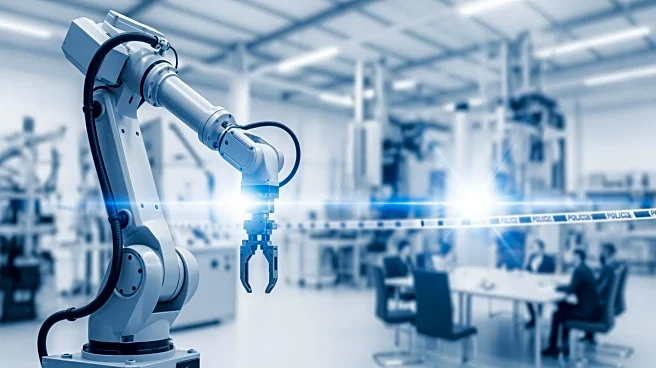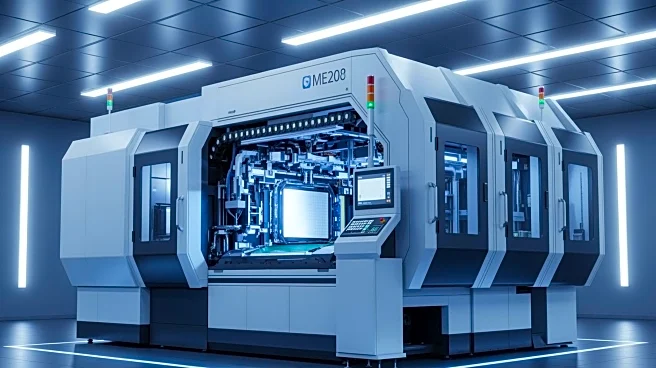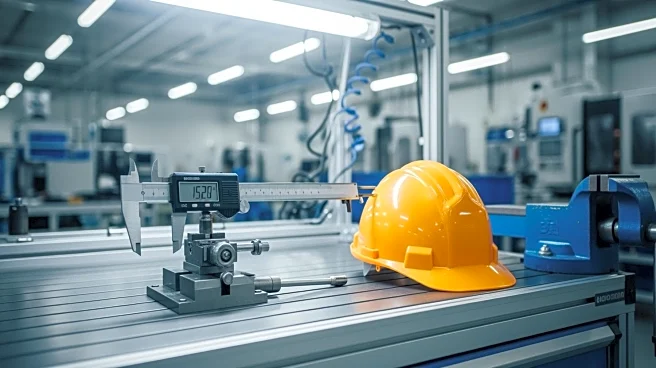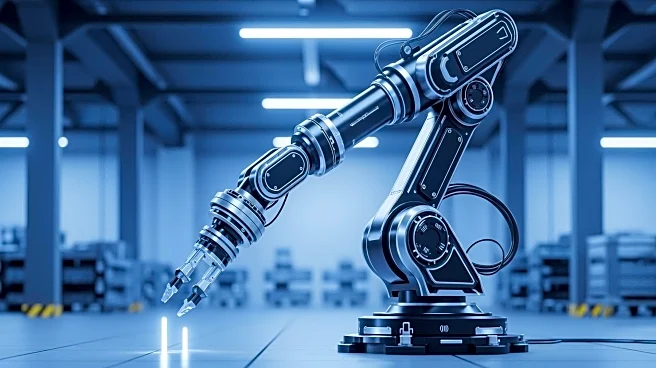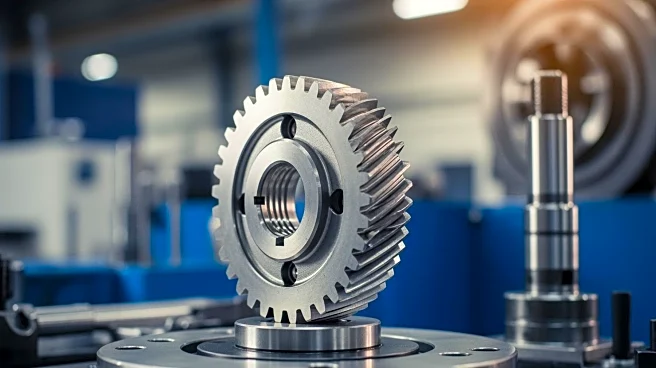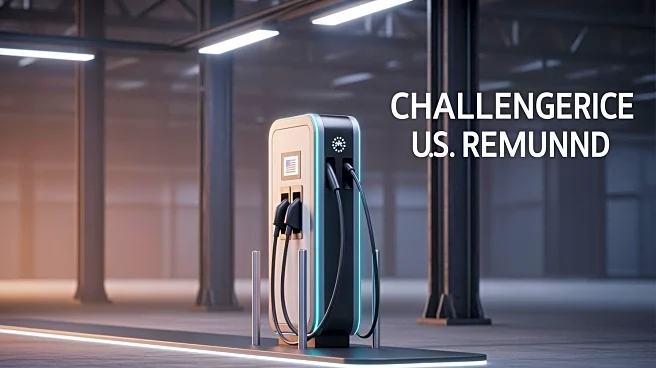What's Happening?
The U.S. manufacturing sector is experiencing growth but is simultaneously facing a significant labor gap due to retiring Baby Boomers and reshoring efforts. An estimated 1.9 million manufacturing jobs could remain unfilled by 2033 if these gaps are not
addressed. Gen Z, the emerging workforce, is showing interest in blue-collar jobs but demands clear advancement paths and relevant training. Current training models are outdated, relying on static manuals and classroom sessions that fail to engage this generation. Industry leaders are advocating for a shift in learning and development (L&D) strategies to attract and retain young talent.
Why It's Important?
Addressing the labor gap in manufacturing is critical for sustaining the sector's growth and competitiveness. Gen Z's demand for relevant and engaging training highlights the need for modernized L&D approaches that align with their expectations. By investing in effective training programs, manufacturers can ensure a skilled workforce that is prepared for future challenges. This shift not only benefits the industry but also provides Gen Z with meaningful career opportunities, fostering economic stability and innovation. Failure to adapt could result in a prolonged labor shortage, impacting productivity and growth.
